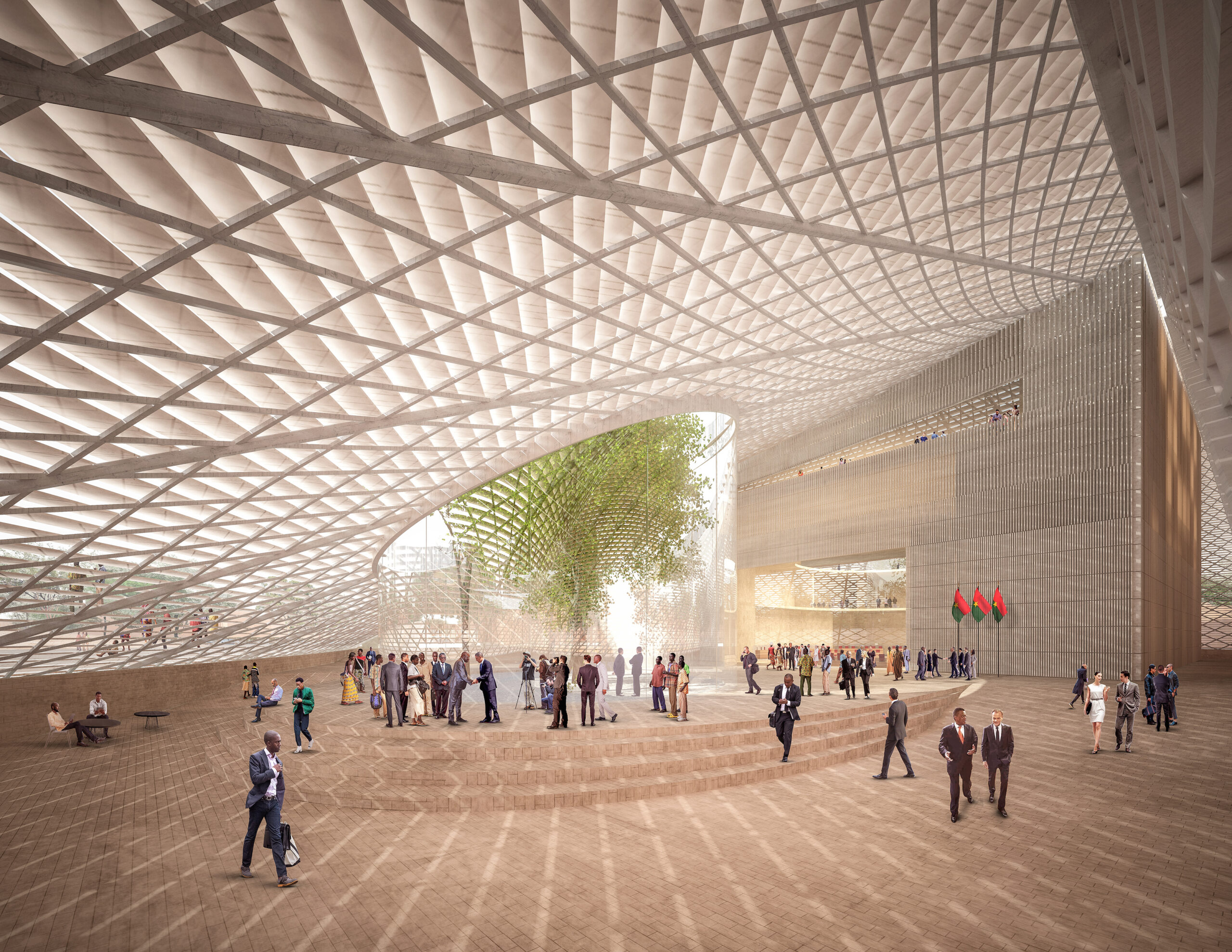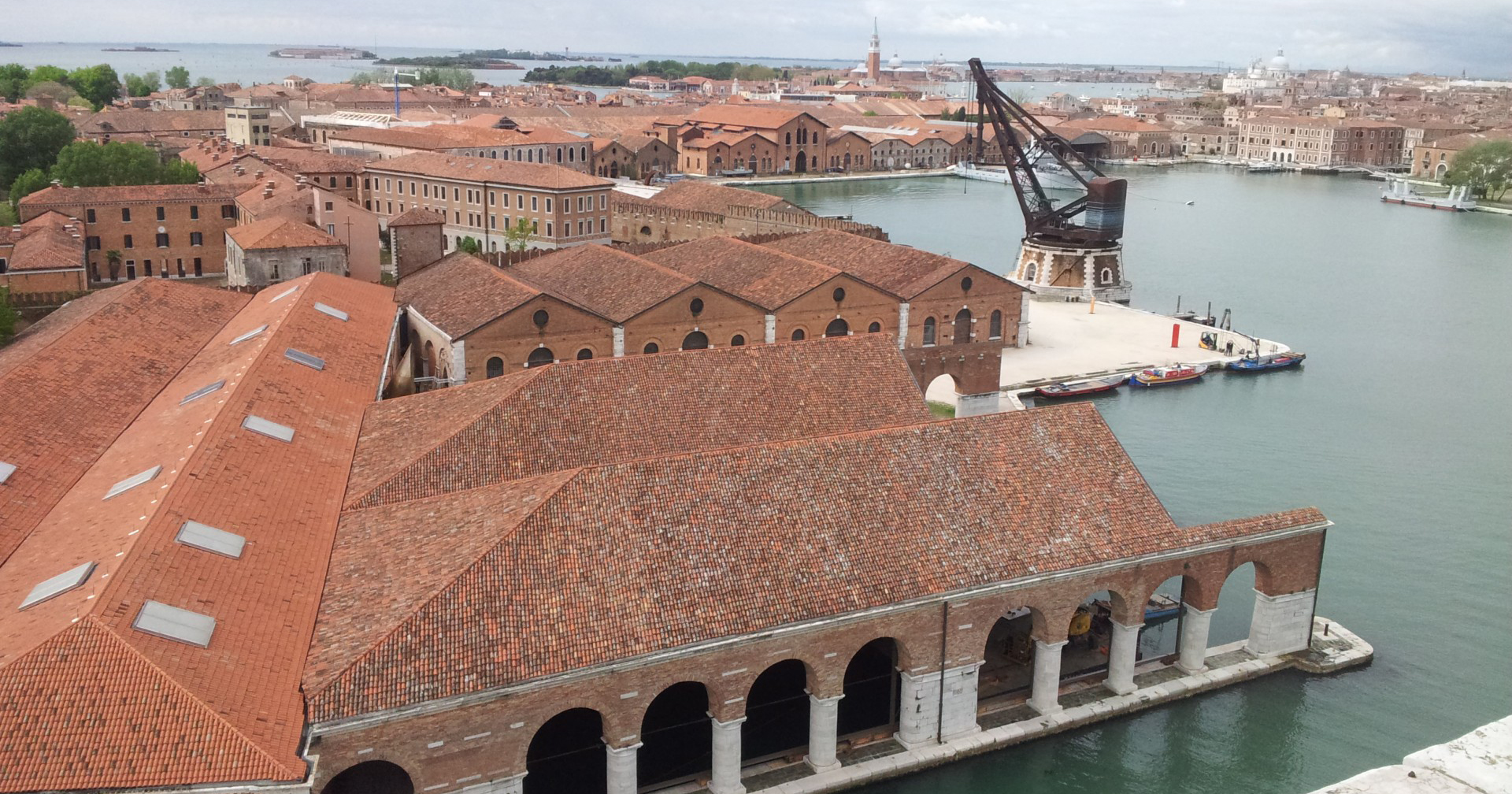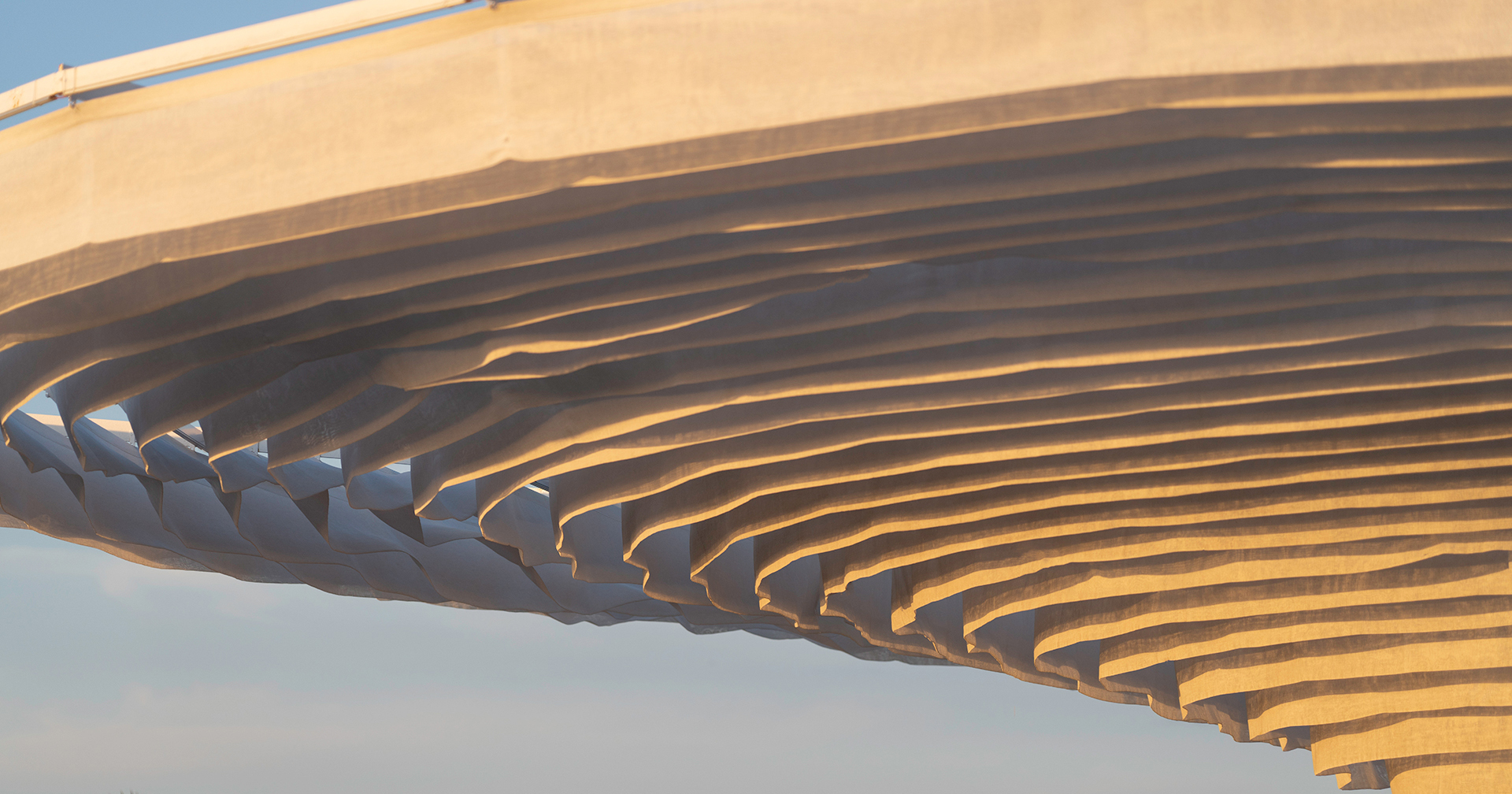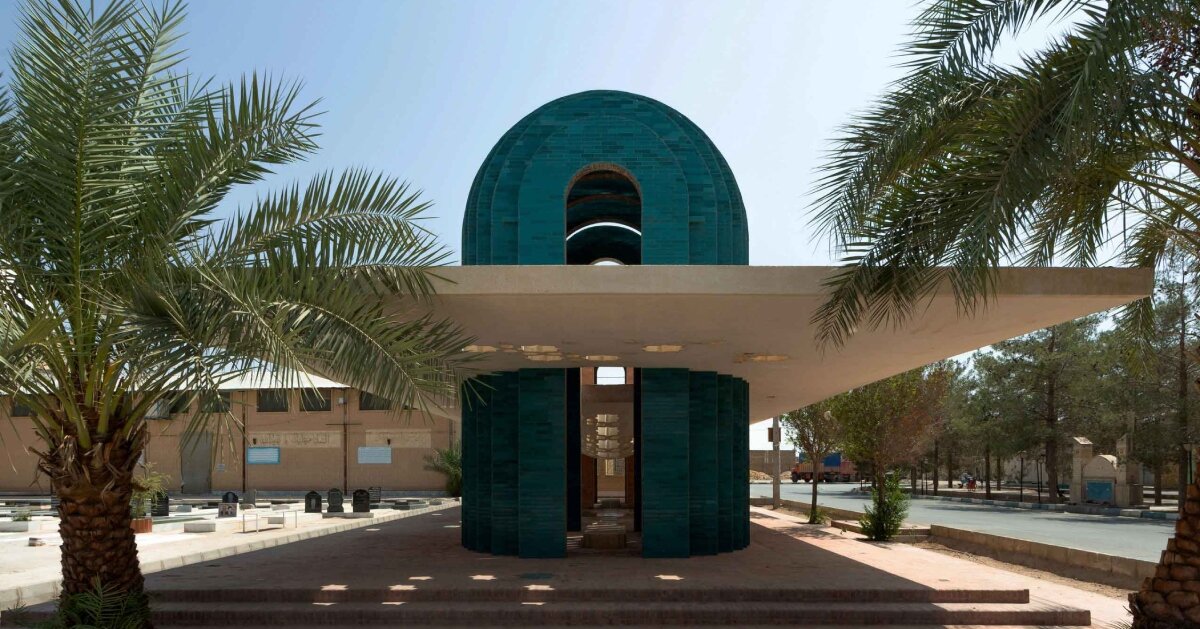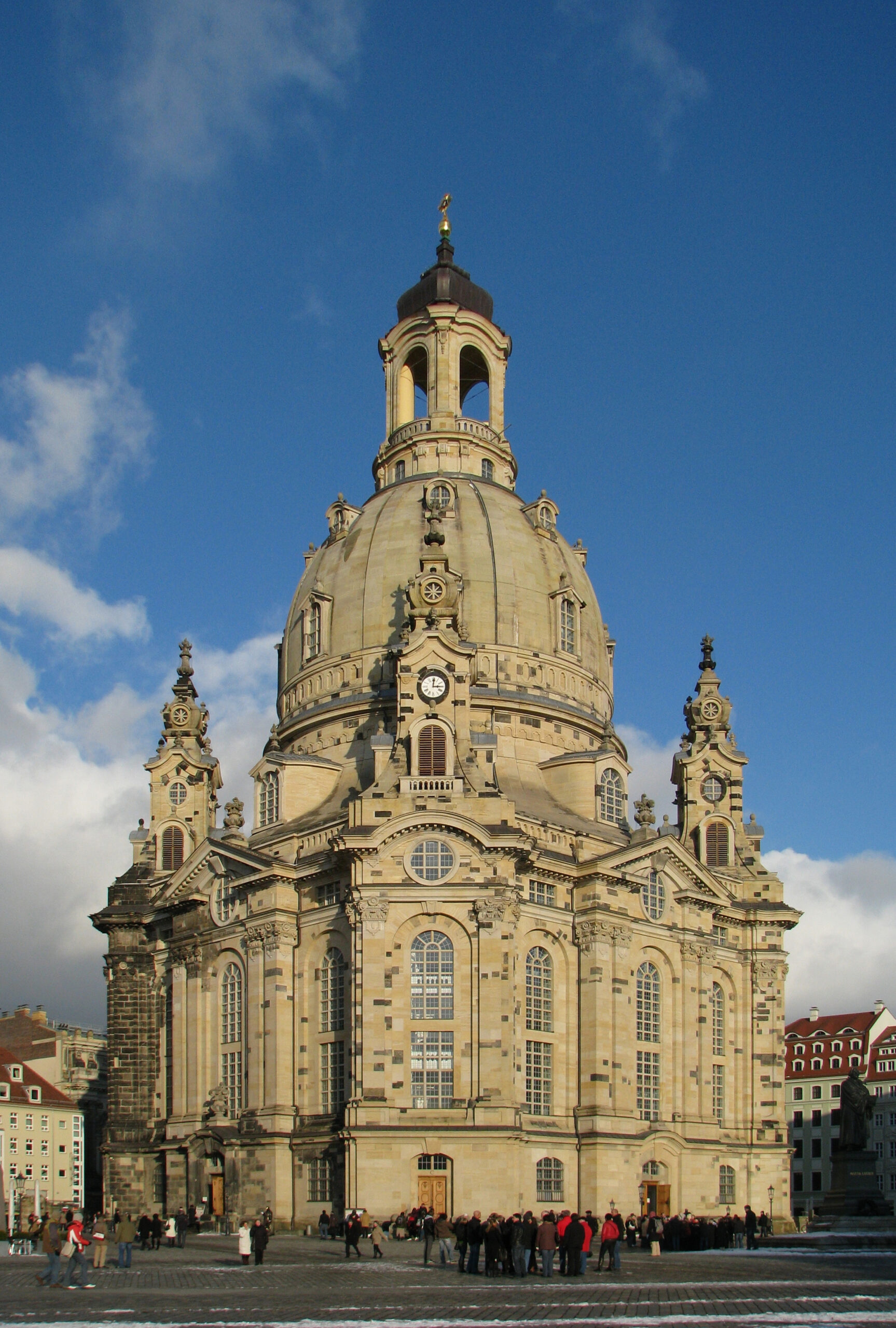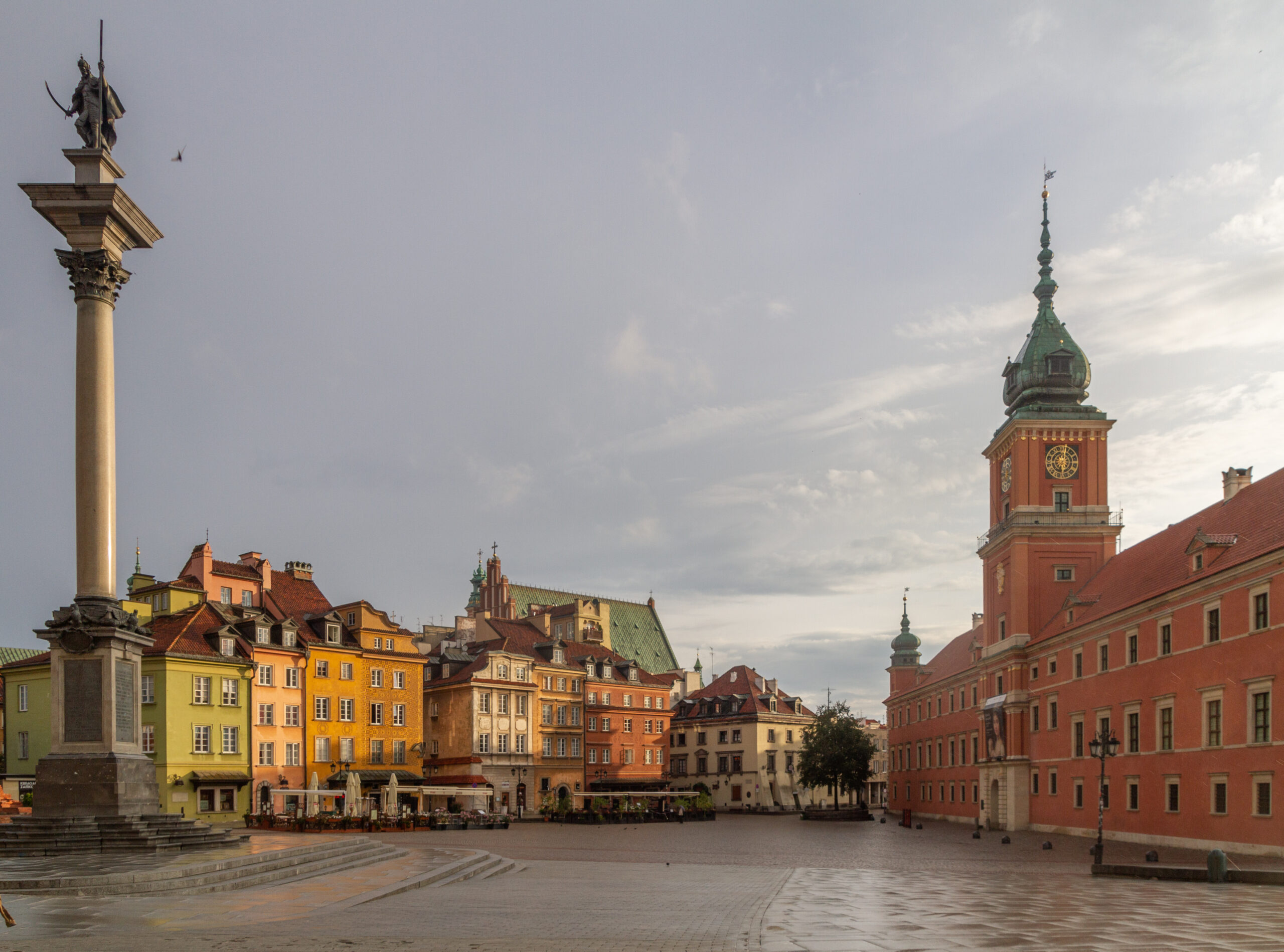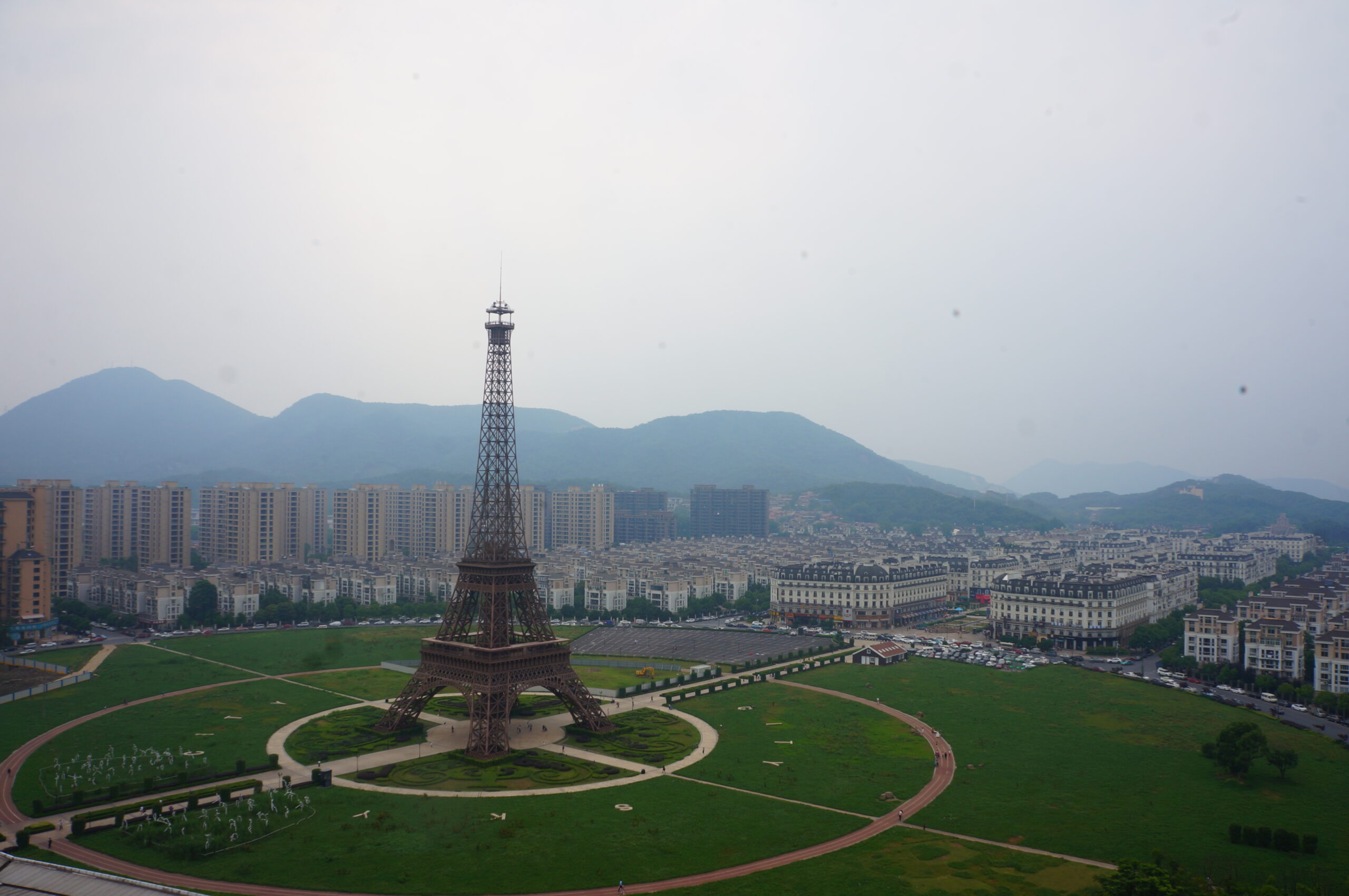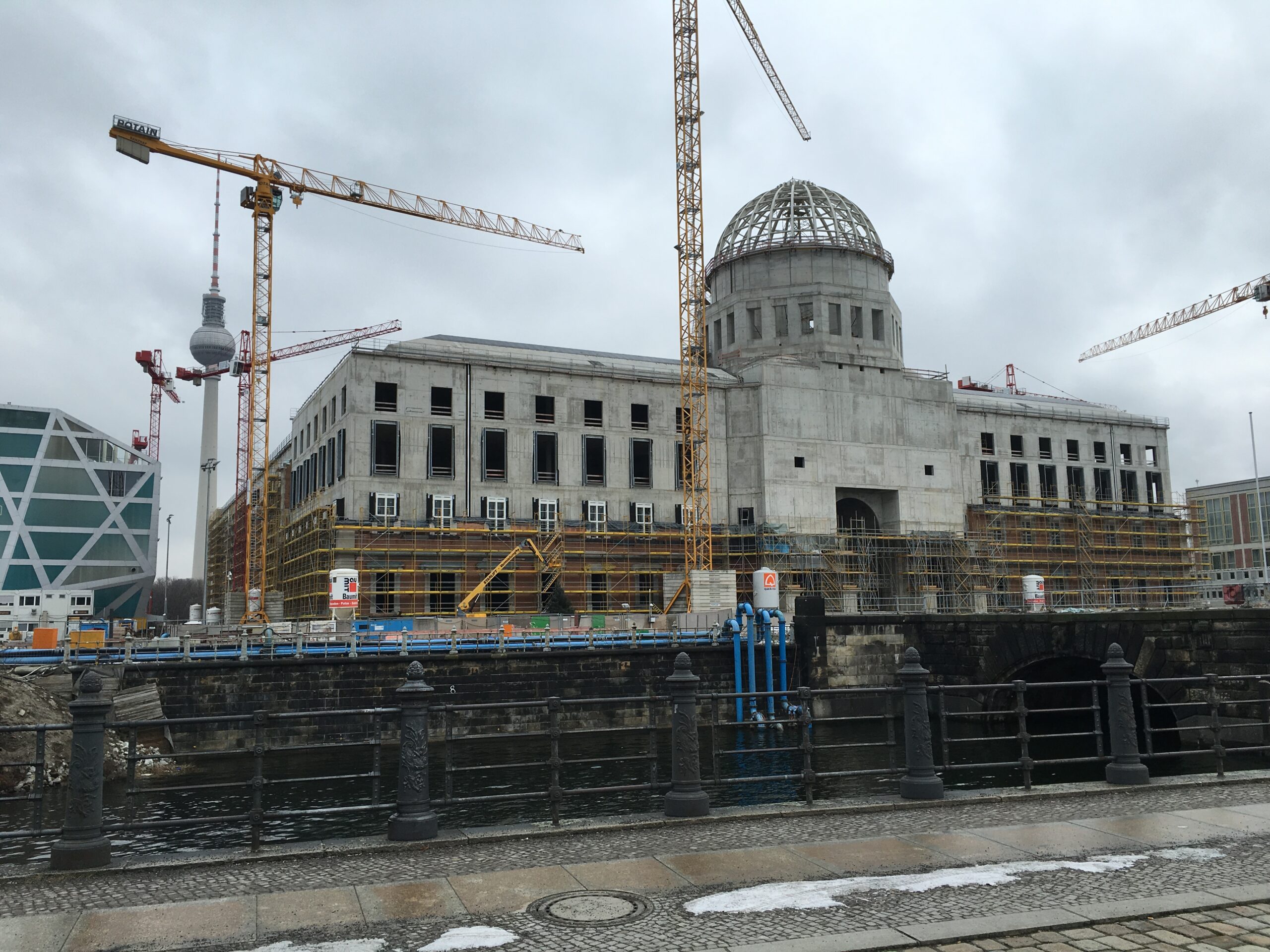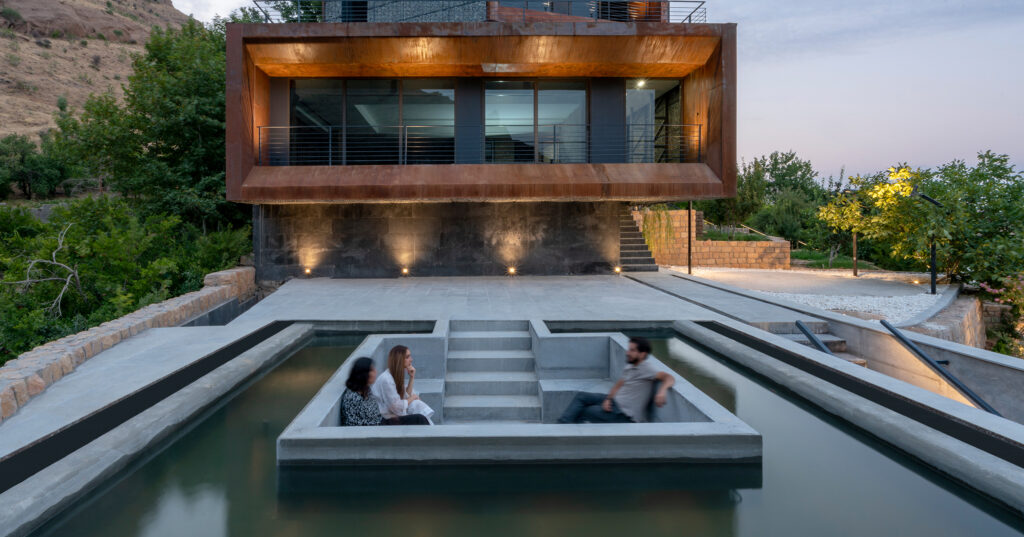Deepfake Buildings: Reconstructing the Past or Paving the Way for the Future?
As cultural heritage is increasingly threatened by war, natural disasters and urban decay, what is the value of digital reconstruction? The post Deepfake Buildings: Reconstructing the Past or Paving the Way for the Future? appeared first on Journal.
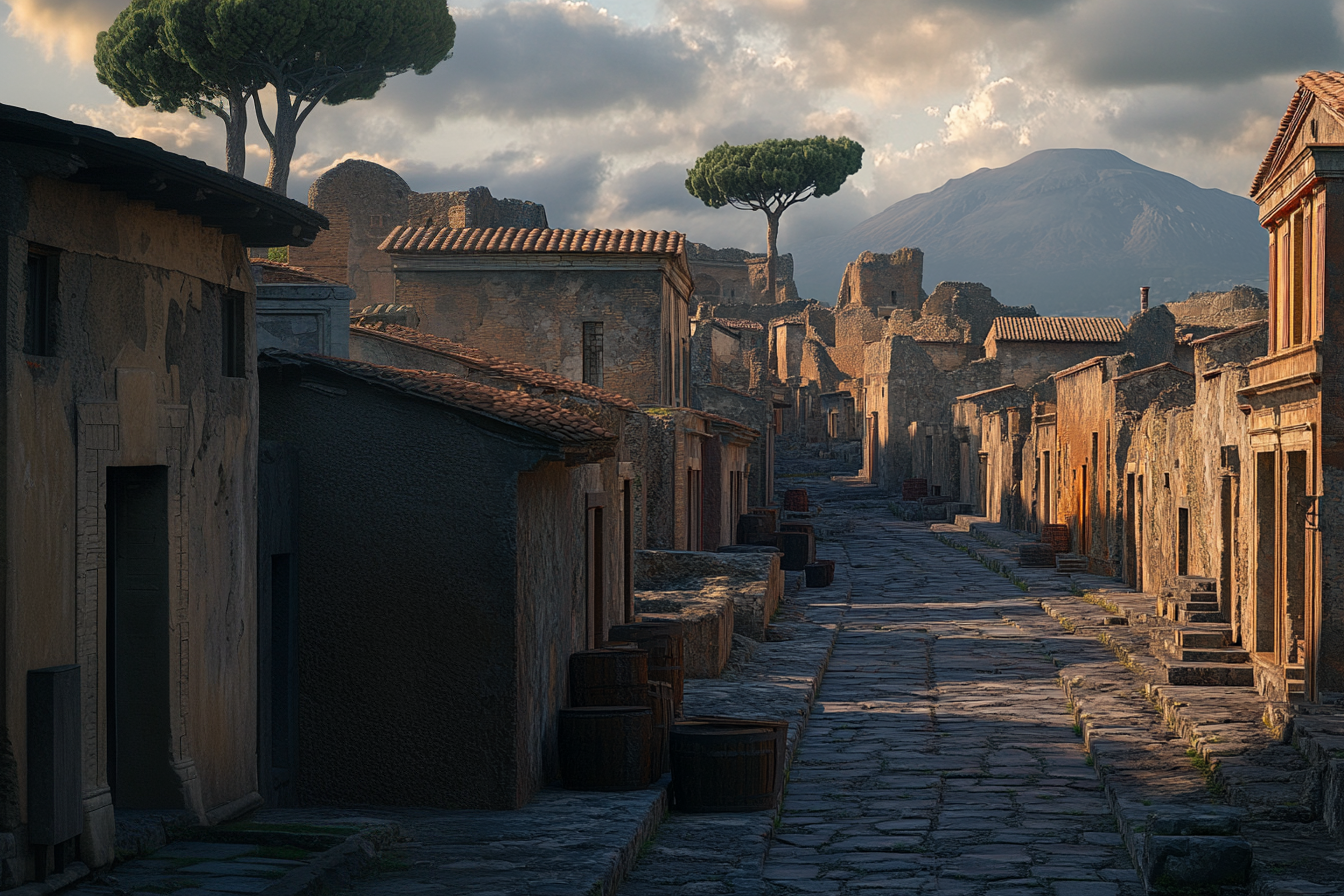
The latest edition of “Architizer: The World’s Best Architecture” — a stunning, hardbound book celebrating the most inspiring contemporary architecture from around the globe — is now available. Order your copy today.
The advancement of digital technology is transforming almost every creative industry, from film and media to fine arts and, now, architecture. Just as ‘deep fakes’ in media have been used to recreate people’s likenesses and host virtual events, architecture is undergoing its own digital reinvention. The evolution of AI, machine learning and 3D modeling has many benefits for architecture, and among them, one of the most interesting and controversial is the possibility of resurrecting lost buildings. As cultural heritage is increasingly threatened by war, natural disasters and urban decay, these emerging technologies are being explored as ways to protect our history.
The term ‘deepfake buildings’ is fitting for this phenomenon, where modern technology yields the recreation of architectural icons. However, while traditional deepfakes blur reality and fiction, architectural reconstructions — digital or otherwise — have raised debates around authenticity, historical fidelity and the ethics of replicating structures that have been lost. The critical question is: Should we reconstruct lost icons, and if so, how should we do it?
Wanting to reconstruct lost architecture isn’t new. Throughout history, many societies have rebuilt structures that were destroyed by war or natural disasters, often driven by a sense of historical responsibility. Dresden’s Frauenkirche in Germany, for example, was destroyed in 1945 during World War II. After much debate, the stunning Baroque building was rebuilt over ten years, from 1994 until 2005, using the original plans from builder Georg Bähr. The restored church became a symbol of reconciliation. Warsaw’s Old Town was also rebuilt after its destruction during the war. Using photographs and records, the historic site was restored to its former self and today has UNESCO World Heritage status. However, these efforts raise questions: Can a rebuilt structure genuinely replace the original, or is it merely an effigy of memory?
Today, the tools for reconstruction have evolved dramatically. Photogrammetry, for instance, can accurately create 3D models of lost structures by using archival photographs. This method has been instrumental in reconstructing the ancient site of Palmyra in Syria, where 3D models were developed using images captured before its destruction. This technology can be used to create a detailed digital visualization of the site with a level of precision that would previously have been all but impossible.
BIM, too, has changed the landscape of architectural restoration. By embedding 3D models with historical data, BIM helps architects to reconstruct buildings with structural accuracy while also considering modern requirements like safety regulations and technology integration. The restoration of the fire-damaged Notre Dame in Paris is an excellent example of how BIM has been used to combine historical accuracy with contemporary building standards, ensuring the integrity of both the structure and its legacy.
Artificial intelligence and machine learning are also playing an increasingly prominent role in filling the gaps in historical data. The RePAIR Project (Reconstructing the Past: Artificial Intelligence and Robotics meet Cultural Heritage) has used AI and robotics to reconstruct ancient artifacts in the city of Pompeii. Two 2,000-year-old frescoes made up of tens of thousands of fragmented pieces were left untouched for years, having established that they were too complex for humans to reassemble. Thanks to recent advancements in 2021, RePAIR’s AI analysis and 3D-scanned images of each of the shards have accurately predicted how they fit together, providing enough information for robotic arms to put them back together.
While in the digital realm, virtual reality (VR) and augmented reality (AR) are also offering new ways for both architects and the public to engage with reconstructions. While VR enables architects to visualize a project before physical work begins, allowing them to explore design possibilities in a simulated space, AR brings historical sites to life by overlaying digital models onto real-world environments. In historic sites all over the world, AR is being used to give visitors a glimpse of the ancient structures that once stood, blending past and present in an immersive way.
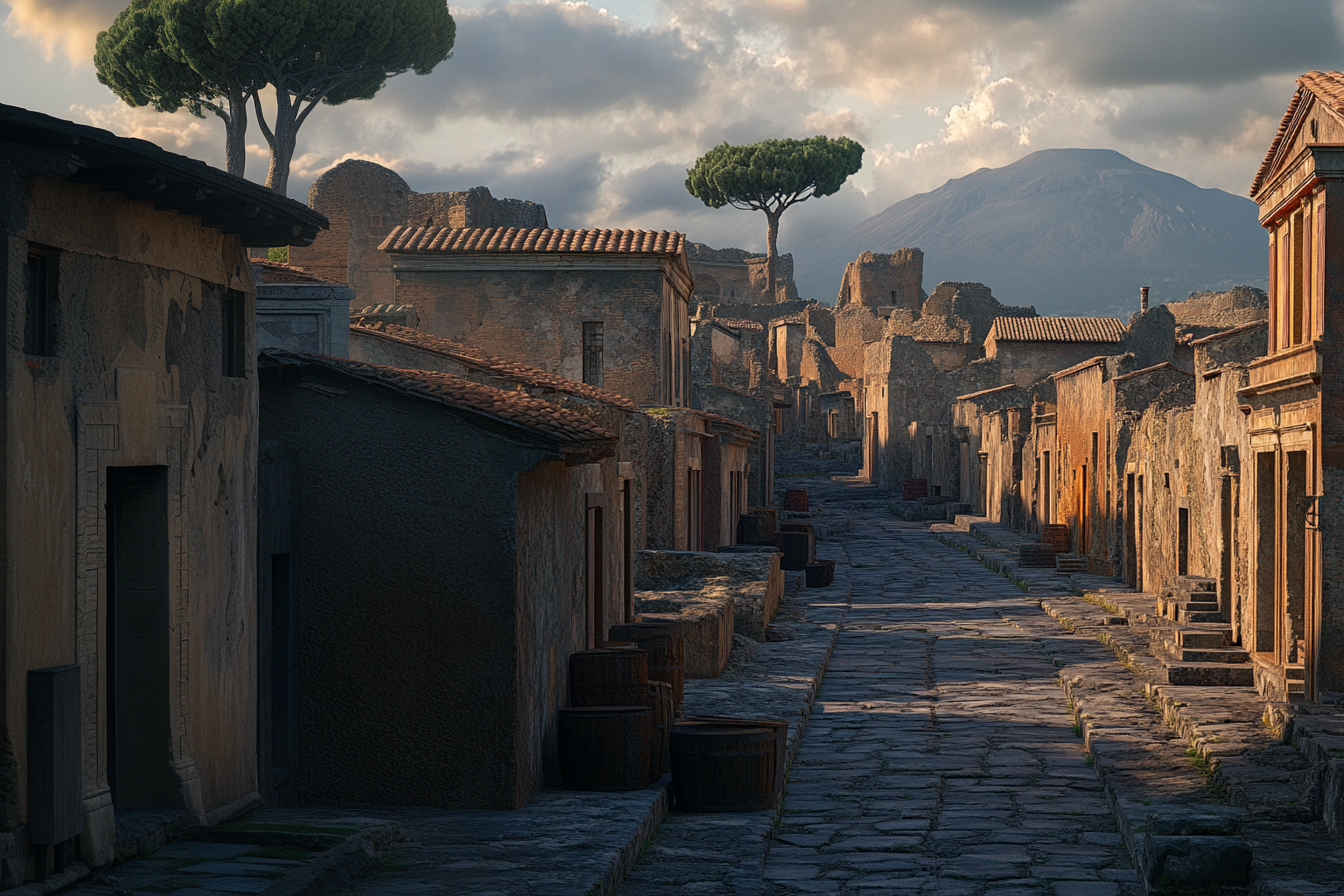
A digital imagination of a street in Pompeii, generated by Architizer via Midjourney.
However, while these technologies bring precision and flexibility, they also invite deeper philosophical concerns. The ability to digitally recreate the past raises the question of what can be lost in translation. A digital model, no matter how accurate, will never fully capture the material reality of a building — the way it interacts with light, how its surfaces age and wear over time, or the emotional impact of standing within the original space. Digital reconstructions, for all their sophistication, remain simulations.
As a result, digital reconstructions risk reducing architecture to a visual exercise, focusing on aesthetics at the expense of the spatial and sensory qualities that ultimately make great architecture meaningful. While these technologies offer exciting new ways to preserve and interact with architectural heritage, they also risk oversimplifying the complexities of material culture, offering only a flattened version of history that is detached from the physical world.
This tension between visual fidelity and material authenticity is at the heart of the debate surrounding reconstructions. On the one hand, these technologies allow us to reclaim lost cultural heritage in ways that were unimaginable just a few decades ago. On the other hand, they challenge us to reconsider the value of what we are reconstructing — whether it is the physical object itself or merely the idea of the object that is of value. Should we rebuild, or is a digital model enough?
One of the most common concerns about reconstructions, or ‘deep fake buildings,’ lies in the allocation of resources. These projects can be costly, not just in financial terms but in labor, time and expertise. The question that appears is whether these investments can be justified when they might otherwise be spent preserving existing heritage or advancing new architectural projects.
For example, the debate surrounding the reconstruction of Palmyra in Syria raises a great point. While the 3D scanning of the site offers the potential for a highly detailed reconstruction, the effort comes at a significant financial and logistical cost. Critics argue that while reconstructing Palmyra will restore a cultural symbol, the funds might be better used to stabilize remaining ruins or to preserve other vulnerable heritage sites around the world. This creates a tension between honoring the memory of what was lost, promoting the benefits of cultural tourism, and addressing the urgent needs of heritage preservation in a broader, global context.
Similarly, others have argued that reconstruction simply stifles architectural evolution. For a long time, towns and cities have evolved with the scars of their history, and that is what makes them so interesting. By reconstructing lost buildings, we risk preventing this organic development. By focusing on recreating what is lost, we might hinder cities from moving forward. And then there’s the issue of selective memory — choosing which parts of history to recreate. The rebuilding of the Royal Palace of Berlin sits at the forefront of this conversation, sparking controversy for favoring a specific historical narrative and potentially distorting cultural memory for future generations.
On the other hand, digital reconstructions offer a way of preserving and experiencing history without altering the urban fabric. In the virtual world, buildings can exist in a state of continual preservation, accessible to anyone with the technology to explore them. This duality — where architectural heritage can be preserved digitally while the physical environment adapts to the present — could be a solution to maintaining our past without obstructing the future.
Ultimately, while reconstructions present exciting opportunities for exploring technology, encouraging engagement and furthering architectural education, they must be carefully balanced with allowing our urban environments to grow and change as we do. Perhaps the best way forward is to find a balance between the two, where we embrace the digital realm for preservation and memory while using the physical world to foster the next generation of architectural innovation.
The latest edition of “Architizer: The World’s Best Architecture” — a stunning, hardbound book celebrating the most inspiring contemporary architecture from around the globe — is now available. Order your copy today.
Top image: A digital imagination of a street in Pompeii, generated by Architizer via Midjourney.
The post Deepfake Buildings: Reconstructing the Past or Paving the Way for the Future? appeared first on Journal.
What's Your Reaction?



























